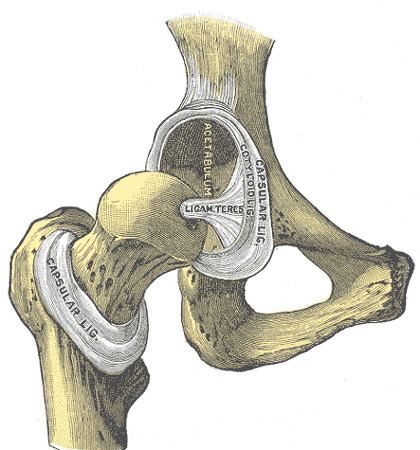 | ||
The Ortolani test or Ortolani maneuver is part of the physical examination for developmental dysplasia of the hip, along with the Barlow maneuver.
It relocates the dislocation of the hip joint that has just been elicited by the Barlow maneuver.
It is performed by an examiner first flexing the hips and knees of a supine infant to 90 degrees, then with the examiner's index fingers placing anterior pressure on the greater trochanters, gently and smoothly abducting the infant's legs using the examiner's thumbs. A positive sign is a distinctive 'clunk' which can be heard and felt as the femoral head relocates anteriorly into the acetabulum:
Specifically, this tests for posterior dislocation of the hip.
This is part of the standard infant exam performed preferably in early infancy.
It is performed with the Barlow maneuver and inspection of the hip joint and legs.
It is named for Marino Ortolani, who developed it in 1937.
A descendent of Marino Ortolani, Michael Ortolani has verified this, and is a direct descendent, through his father's family.
